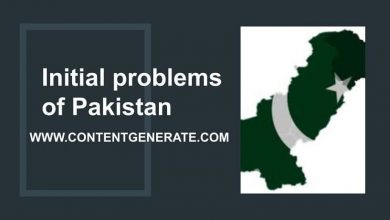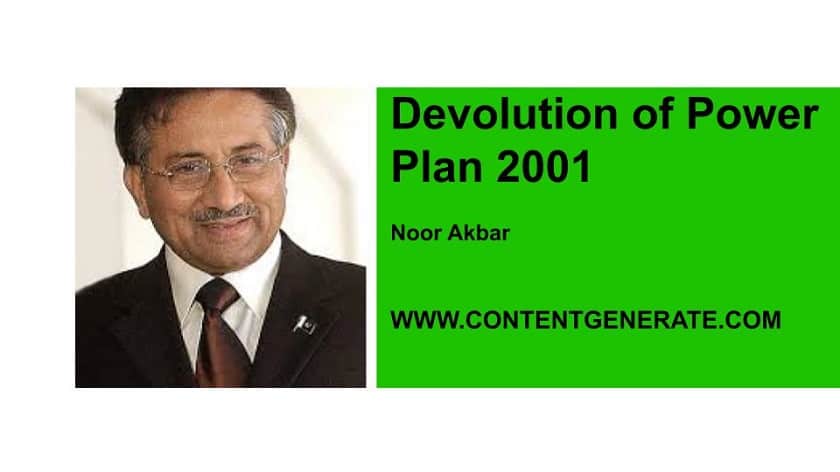Society and Culture of Pakistan
Concepts - Society, Culture, Diversity, National cohesion and Integration
This article discusses key concepts and terms related to culture and society. With that, it also discusses the main features of Pakistani society and the factors responsible for the promotion of national integration and cohesion.
Contents
Main concepts and terms
Culture
Narrowly culture refers to the way or style of living of a people. In a broader sense, it refers to a language, belief system, cuisine, social habits, music, art and architecture, traditions, customs, beliefs, diet, dress code, etc. which makes a unique lifestyle of a group of people. Culture helps differentiate a society or a nation from another.
Diversity
The term ‘diversity’ refers to the existence of more than one culture, race, ethnicity, etc. in a society, nation, or country. For example, in Pakistan, there are different ethnicities i.e. Baloch, Punjabi, Sindhi, Pashtuns, Gilgitis, etc. Similarly, there are different languages, communities, cultures within Pakistan. Thus Pakistan has a great diversity in terms of languages, culture, race, ethnicity, etc.
Unity
Unity means togetherness or oneness. Additionally, it refers to a sense of belonging/ being related to one another among people of a nation which stimulates them to act as one people or one nation.
In other words, “It’s unity when people belonging to different cultural, ethnic and racial groups and regions behave like one nation”.
National Cohesion
National cohesion also refers to unity among people because of already existing common factors. People may belong to different regions, cultures, races, communities, etc. but they act like one people. Similarly, the already common factors may include common culture, religion, race, language, race, language, history, territory, etc. National unity may be promoted with the right projection and promotion of these already existing common factors.
National integration
Unity among different people of different areas, nationalities, etc. as a result of common economic and political interests that bind them as one nation is called national integration.
Main features of Pakistani culture and society
- Multicultural
- Male-dominated
- Hardworking
- Hospitality
- Sports loving
- Islam influenced art and culture
- The majority of people are Muslims
Elements influencing national cohesion and integration in Pakistan
Factors responsible for national integration
As already discussed in above lines, national integration refers to unity among people of different nationalities because of protection and safeguard of their economic and political interests. Thus the factors that influence national integration in any country are economic and political interests of the people. One of the examples of common factors is the religion of Islam- the basis of Two-Nation Theory. Islam binds people belonging to different linguistic, racial, and regional backgrounds as one nation.
People of a nation will happily co-exist despite differences only if their economic and political rights. In case of denial of political rights and economic rights, there will be resentment among people of different regions and nationalities. The economically and politically underprivileged groups and areas will be disenchanted. Consequently, they would prefer to separate and seceded from the country or a nation.
Factors responsible for national cohesion
The elements that can promote or harm national cohesion are language, race, territories, races etc. Promotion or projection of a single race, community or language can create a sense of alienation and being neglected in others. On the other hand, national cohesion can be promoted if a common religion, common cultural aspects, common values, common language are promoted. This will create a sense of being related/belonging to one another.




